SEMICONDUCTORS – Semiconductor manufacturing will drive demand growth
The second largest application for helium, representing an estimated 19% of demand, is semiconductor chip manufacturing. Helium is used in wafer fabs as a carrier gas in deposition processes, to leak test vacuum systems, as a component of specialty gas blends, for load-lock cooling and for backside wafer cooling. Helium is critical to the wafer manufacturing process and, it is becoming more so, as wafer manufacturing processes become more sophisticated. Linx-Consulting, a consultancy that provides electronic materials insight to the semiconductor industry, explains that “vertical scaling” of semiconductor manufacturing processes to increase chip capacity (think of going from a parking lot to a parking deck) requires more of the deposition steps and vacuum steps that require helium. For that reason, new “state of the art” wafer fabs are more helium intensive than fabs using less advanced technology.
Semiconductor manufacturing is expected to grow at double-digit rates at least through the first half of the 2020’s and is expected to surpass MRI as the leading sector for helium demand by 2023.
“Over 100 gases are used in semiconductor manufacturing today, primarily in dry etch processes (dielectric, conductor and polysilicon etching), chemical vapor deposition (both dielectric and metal deposition), diffusion and ion implantation. Helium has in recent years been very much in the spotlight for its growing role in the electronics business and, likewise, the significance of the electronics market as a key end-user for helium.”
Excerpt from “Spotlight on Specialty Gases” Gas World April 14 2022
Rob Cockerill Editor










